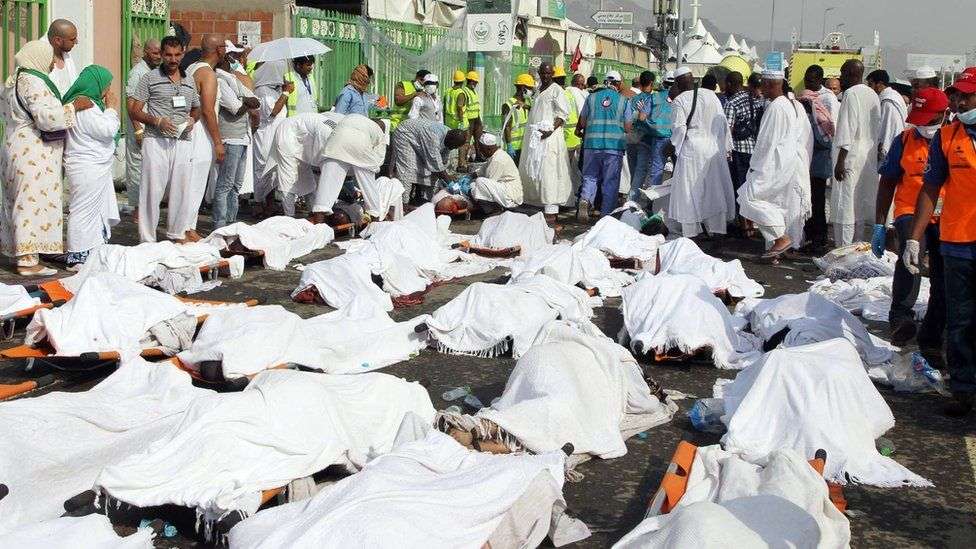This year’s hajj pilgrimage in Saudi Arabia has resulted in over 1,000 deaths, with the majority being unregistered worshippers. The extreme heat, with temperatures soaring to 51.8°C (125°F), has been a significant factor. Egypt reported 658 deaths, mostly among unregistered pilgrims. In total, around 10 countries have confirmed 1,081 deaths, according to official statements and diplomatic sources.
Heat and Unregistered Pilgrims
The timing of the hajj, determined by the lunar Islamic calendar, meant that this year’s pilgrimage took place during the sweltering Saudi summer. A Saudi study indicates that temperatures in the area are increasing by 0.4°C each decade. Despite efforts by Saudi authorities to clear unregistered pilgrims from Mecca, many still participated in the main rites. These pilgrims, without official permits, lacked access to air-conditioned spaces provided for the 1.8 million authorized participants, making them more vulnerable to heat exhaustion.
“People were tired after being chased by security forces before Arafat day. They were exhausted,” an Arab diplomat said, highlighting the physical toll on unauthorized pilgrims.
Country-Specific Impact
Egypt has been one of the hardest-hit countries, with 630 out of 658 Egyptian deaths being unregistered pilgrims. Other countries have also reported fatalities: Pakistan, with 58 deaths; Indonesia, with 183; and additional deaths confirmed by Malaysia, India, Jordan, Iran, Senegal, Tunisia, Sudan, and Iraq’s autonomous Kurdistan region. The main causes of death were heat-related complications, including high blood pressure.
Response and Burials
Saudi authorities have begun the burial process for deceased pilgrims, involving cleaning the bodies, wrapping them in white burial cloth, and interring them in individual graves. Given the high number of fatalities, notifying families in advance has been challenging, particularly for countries like Egypt with many victims.
Future of Hajj and Climate Concerns
Next year’s hajj, expected to occur earlier in June, might offer slightly cooler conditions. However, long-term climate trends pose significant risks. A 2019 study by Geophysical Research Letters projected that heat stress for hajj pilgrims would surpass the “extreme danger threshold” between 2047 and 2052, and again from 2079 to 2086, with increasing frequency and intensity.
Hosting the hajj is a source of prestige for the Saudi royal family, with King Salman’s title including “Custodian of the Two Holy Mosques.” Despite the ongoing challenges, Saudi Arabia continues to manage the pilgrimage, which has historically seen deadly incidents like the 2015 stampede that killed up to 2,300 people.

